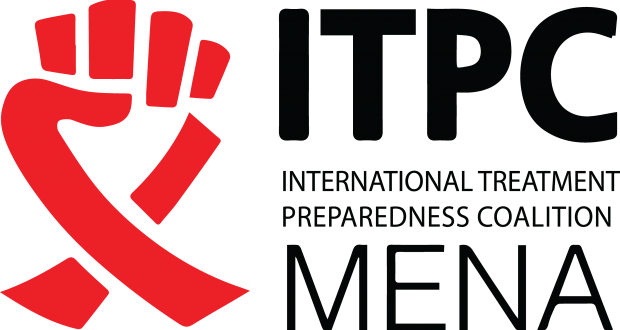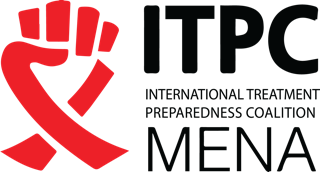
WHO Launches New HIV Treatment and Prevention Guidelines
The WHO has made two important new treatment recommendations that will affect all HIV treatment programmes. The recommendations are entitled the ’Early Release’ Guidelines on when to start antiretroviral therapy and on pre-exposure prophylaxis for HIV. The recommendations in this guideline will form part of the revised consolidated guidelines on the use of ARV drugs for treating and preventing HIV infection to be published by WHO in 2016.
The two recommendations are :
![]() that antiretroviral therapy (ART) should be initiated in everyone living with HIV at any CD4 cell count, and
that antiretroviral therapy (ART) should be initiated in everyone living with HIV at any CD4 cell count, and
![]() the daily use of oral pre-exposure prophylaxis (PrEP) can be offered as an additional prevention choice for people at substantial risk of HIV infection as part of combination prevention approaches.
the daily use of oral pre-exposure prophylaxis (PrEP) can be offered as an additional prevention choice for people at substantial risk of HIV infection as part of combination prevention approaches.
As treatment options have developed and more evidence has become available from research, WHO recommendations have moved to earlier initiation of antiretroviral therapy (ART) and the current recommendations remove the CD4 threshold altogether. Globally the number of people becoming eligible for ART increases from 28 million to all 36.9 million. Full implementation of the guideline will contribute to achieving the global HIV goals, and it is estimated at least 21 million deaths and 28 million new infections could be averted by 2030, if the treat-all recommendation was implemented fully. While the introduction of earlier treatment increases the number of people eligible, there are specific implications to the Eastern Mediterranean Region.
As most countries have now adopted the previous recommendations, it could be seen that the implications on programmes have remained very manageable. In most countries in the Eastern Mediterranean region (EMR), the expanded treatment eligibility is offset by the fact that on average, we find people living with HIV relatively late in the course of the disease. In the EMR most HIV transmission is concentrated among key populations at higher risk. HIV testing coverage among those populations has been relatively low so that, – rather than suddenly increasing the numbers on treatment -, the new eligibility recommendation will make it possible to remove barriers to care and simplify the continuum from testing to life saving treatment. CD4 testing is still recommended as a useful tool to assess the immune status of individuals ; however, delays in obtaining the test should not postpone the initiation of ART.
The second recommendation is based on clinical trial results confirming the efficacy of the ARV drug tenofovir for use as pre-exposure prophylaxis (PrEP) to prevent people from acquiring HIV in a wide variety of settings and populations. The recommendation encourages HIV prevention programs to offer the use of daily oral PrEP as a prevention choice for people at substantial risk of HIV infection as part of combination prevention. This may be the case in certain key populations at higher risk also in the WHO Eastern Mediterranean region, and we encourage programmes to make the option available.
Please find the guideline text attached and on the WHO home page: http://www.who.int/hiv/pub/guidelines/earlyrelease-arv/en/









